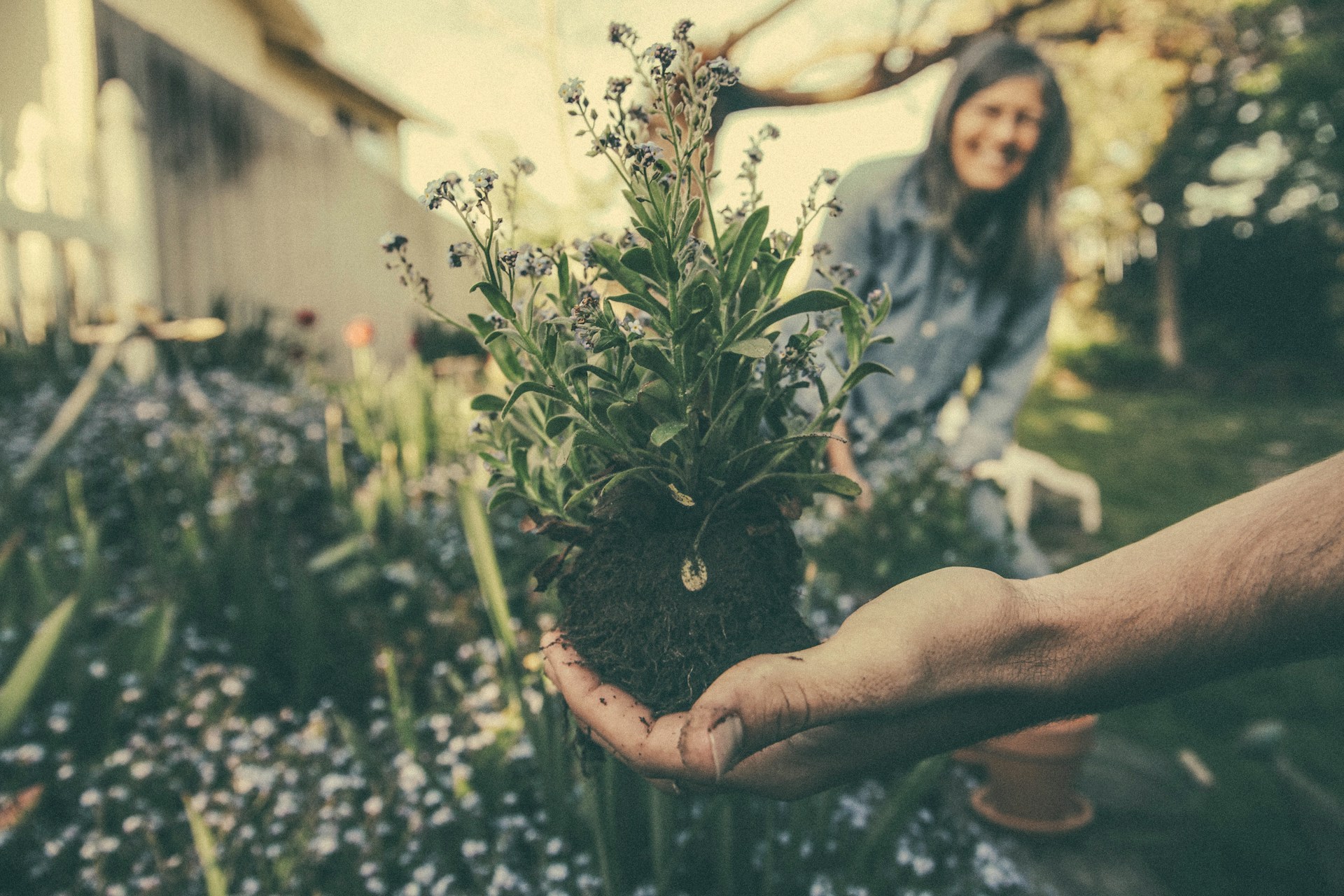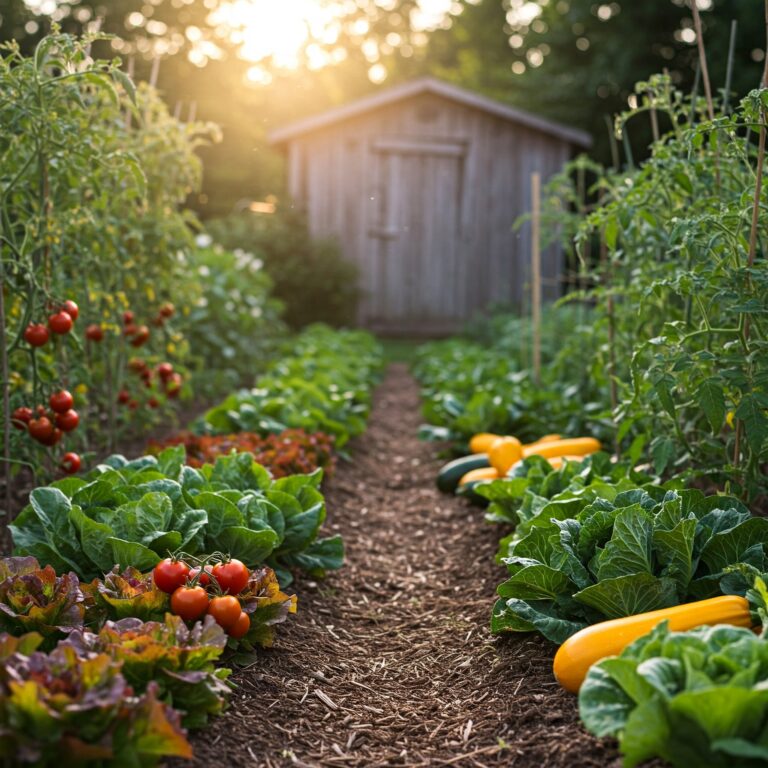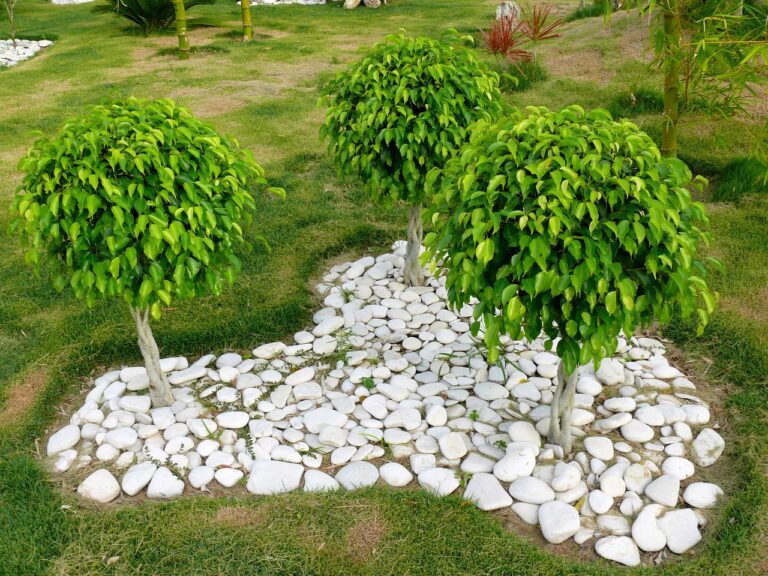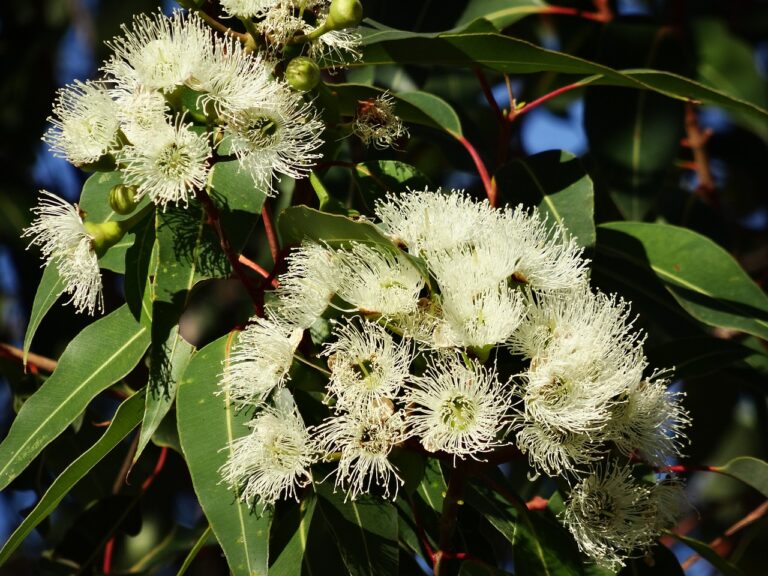Growing your own vegetables is one of the most rewarding hobbies you can undertake. A small vegetable garden in your backyard offers fresh produce, saves money, and contributes to a sustainable lifestyle. Besides providing nutritious food, gardening connects you to nature, reduces your carbon footprint, and offers a satisfying sense of accomplishment.

Whether you’re a beginner or a seasoned gardener, this guide will help you start and maintain a thriving backyard garden.
Steps to Start a Small vegetable garden in your backyard
Step 1: Planning Your Garden
Choosing the Right Location
The success of your garden starts with selecting an ideal spot. Choose a location that receives at least 6-8 hours of sunlight daily, has well-draining soil, and is protected from strong winds. Avoid areas with excessive shade or poor drainage. Observe your backyard for areas that meet these criteria before proceeding. Remember, the right location sets the foundation for healthy plant growth and high yields.
Deciding What Vegetables to Grow
For beginners, it’s best to start with easy-to-grow vegetables. Tomatoes, lettuce, and peppers are great options as they require minimal care and thrive in most climates. Think about the vegetables you frequently use in your meals to maximize the garden’s utility. If you have limited space, focus on compact varieties or vegetables that produce continuously, like spinach and bush beans.
Step 2: Preparing the Soil
Testing and Amending Soil for Fertility
Healthy soil is the foundation of a productive garden. Use a soil testing kit to check for pH levels and nutrient content. Most vegetables prefer slightly acidic to neutral soil with a pH of 6.0 to 7.5. Testing also reveals nutrient deficiencies, allowing you to address them with targeted amendments.
Using Compost and Organic Matter
Enrich your soil with compost or organic matter to improve its fertility and structure. Spread a 2-3 inch layer of compost over the soil and mix it in thoroughly before planting. Organic matter enhances soil moisture retention, promotes beneficial microbial activity, and ensures your vegetables have the nutrients they need to thrive. Don’t overlook this crucial step as it can significantly impact your harvest.
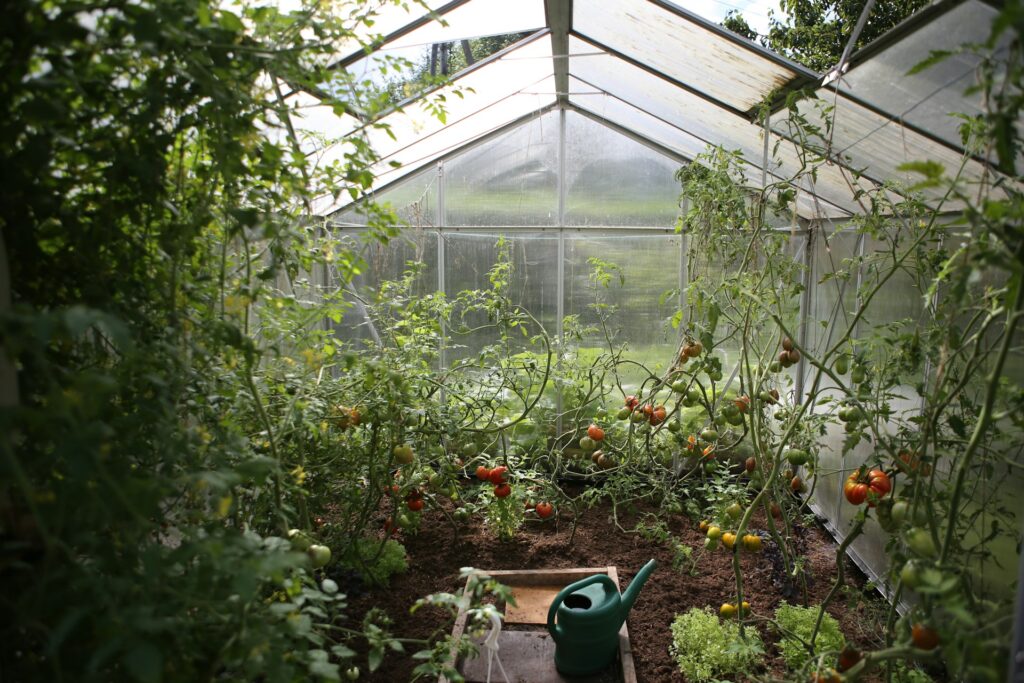
Step 3: Planting Your Vegetables
How to Space Plants Effectively
Efficient spacing ensures healthy plant growth and maximizes yields. Overcrowded plants compete for nutrients, sunlight, and water, leading to stunted growth and increased susceptibility to diseases. Follow the recommended spacing guidelines for each vegetable type.
For small gardens, consider vertical gardening techniques, such as using trellises or stakes for climbing plants like tomatoes and cucumbers. This approach saves space and makes maintenance easier.
Companion Planting for Better Yields
Planting compatible vegetables together can enhance growth, improve flavor, and deter pests. For example, pair basil with tomatoes to repel harmful insects or plant marigolds to protect against nematodes. Research companion planting combinations to create a harmonious and productive garden ecosystem. This strategy not only boosts your yield but also minimizes the need for chemical pest control.
Step 4: Caring for Your Garden
Proper Watering Techniques
Consistent watering is crucial for vegetable growth. Water your garden early in the morning to minimize evaporation and prevent diseases caused by prolonged moisture on leaves. Deep watering encourages roots to grow deeper, making plants more resilient during dry periods. Aim to keep the soil evenly moist but not waterlogged, as excess water can lead to root rot.
Weeding and Pest Control Methods
Regularly remove weeds to prevent them from competing with your vegetables for nutrients and water. Mulching around your plants can suppress weed growth and retain soil moisture. For pest control, use natural methods like neem oil, insecticidal soap, or introducing beneficial insects such as ladybugs and lacewings. Keeping a close eye on your plants allows you to address issues before they escalate.
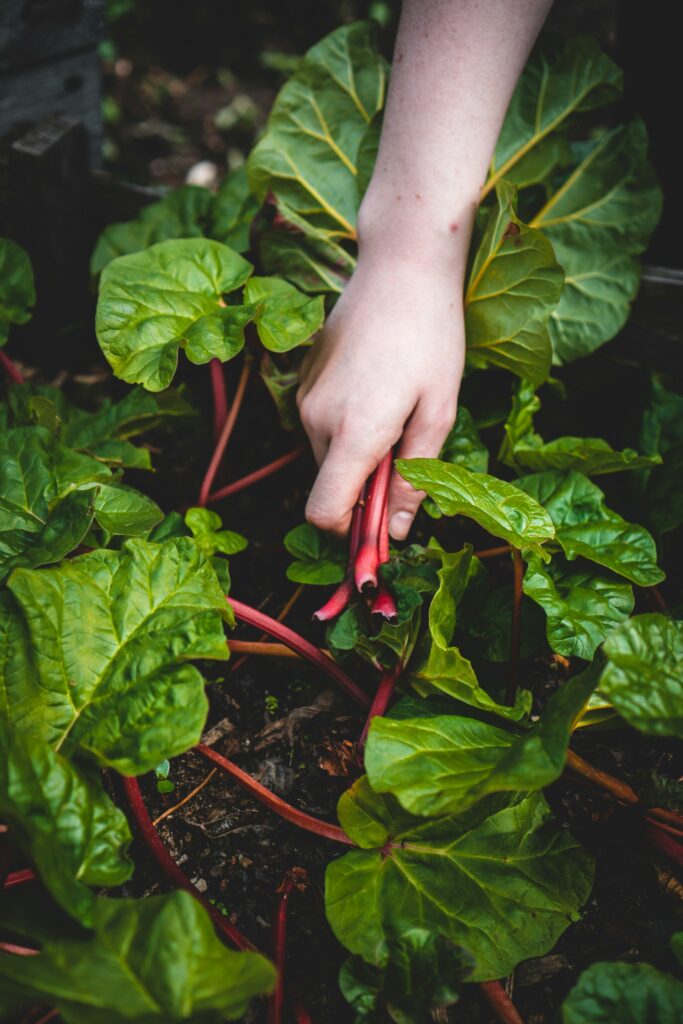
Harvesting and Maintaining Your Garden
Signs That Vegetables Are Ready to Harvest
Each vegetable has its own harvesting timeline. For example, pick tomatoes when they’re fully colored and slightly firm. Harvest lettuce leaves as needed to encourage continuous growth. Overripe vegetables may lose their flavor and texture, so regular observation is essential. Refer to seed packets or gardening guides for specific harvesting cues.
Keeping the Garden Productive Year-Round
Extend your garden’s productivity by planting seasonal vegetables. For instance, grow cool-season crops like spinach and kale in fall and winter, and switch to warm-season crops in spring and summer. Succession planting—sowing new seeds as you harvest—can keep your garden producing throughout the year. Adding a cold frame or greenhouse can also protect plants during colder months, allowing you to enjoy fresh vegetables year-round.
Conclusion
Starting a small vegetable garden in your backyard is a manageable and fulfilling project. By planning carefully, preparing the soil, and providing proper care, you can enjoy fresh and nutritious vegetables right from your backyard. Gardening is not just about the harvest—it’s about learning, experimenting, and connecting with nature. Don’t hesitate—start small, learn as you go, and grow your gardening skills with experience. Even the smallest effort can yield delicious rewards and a greater appreciation for the food you eat.
